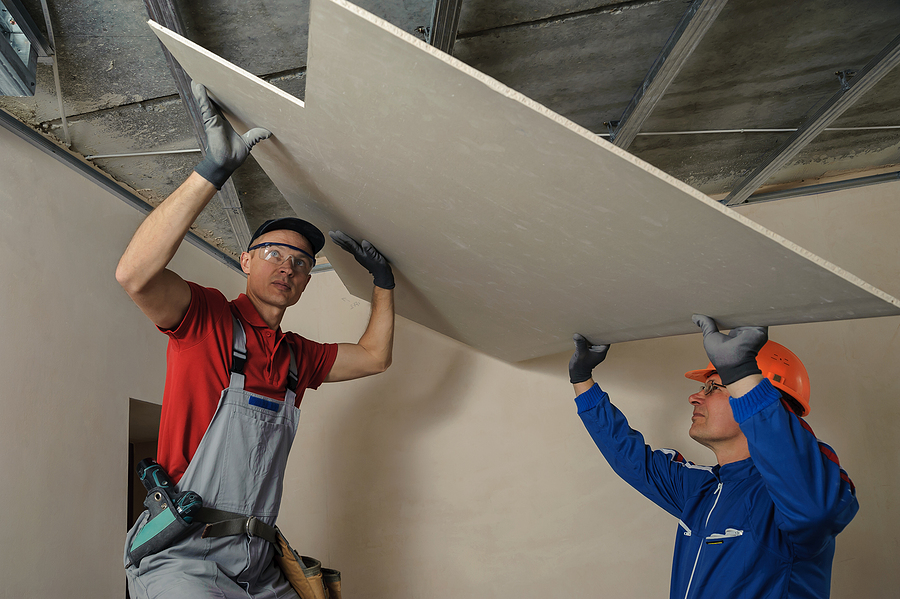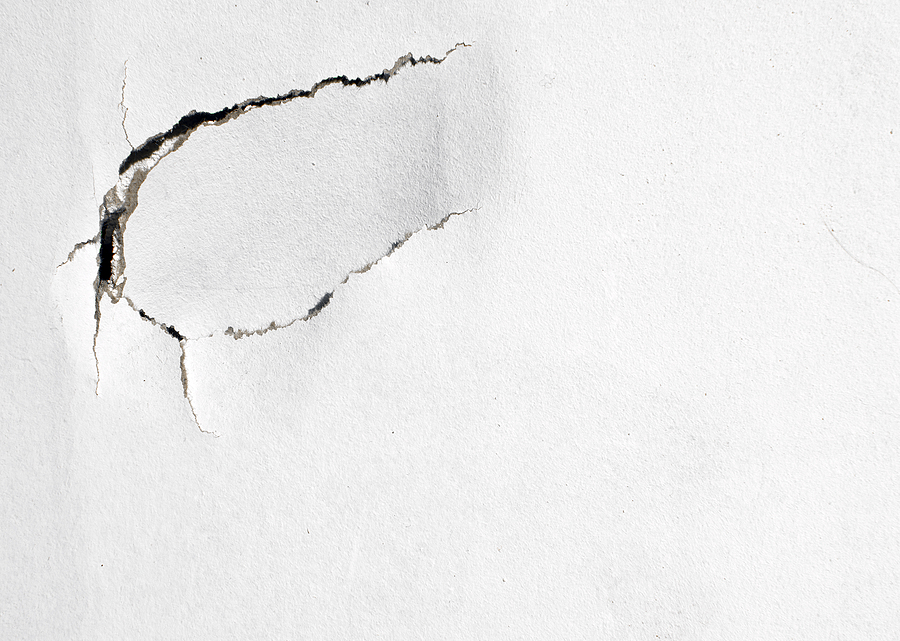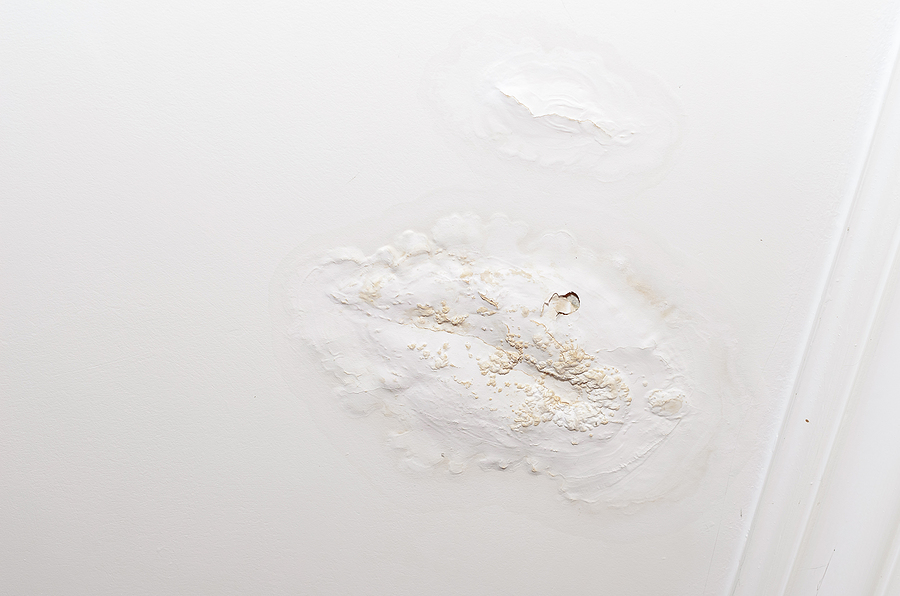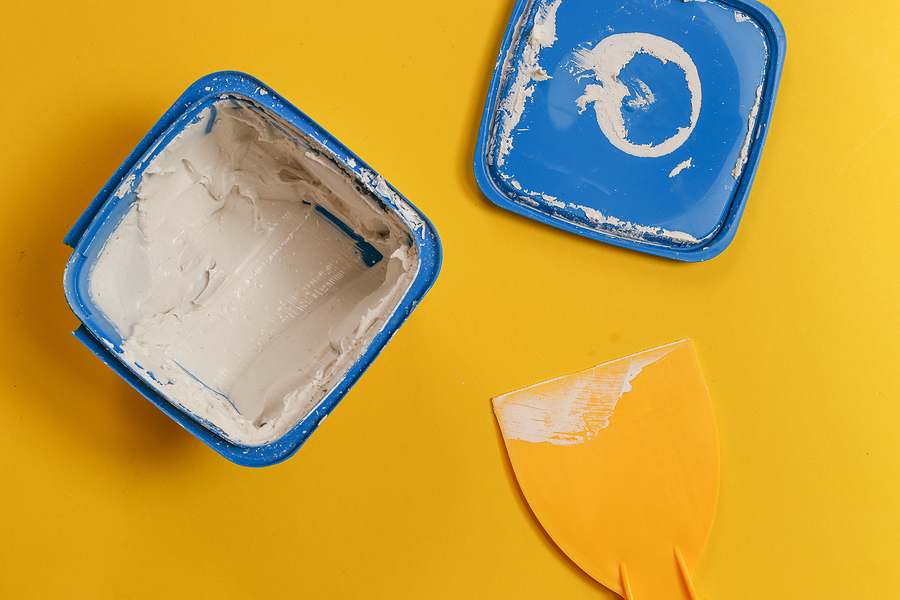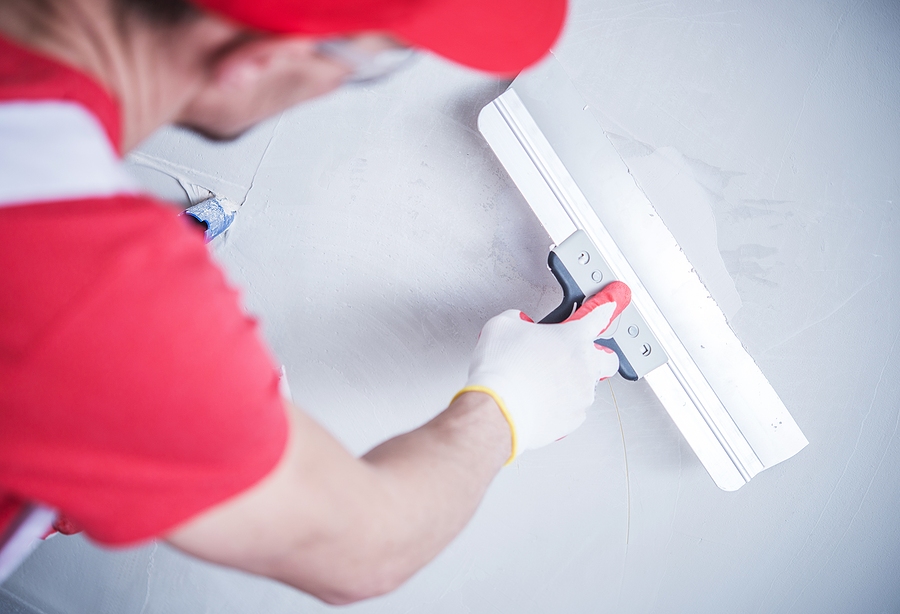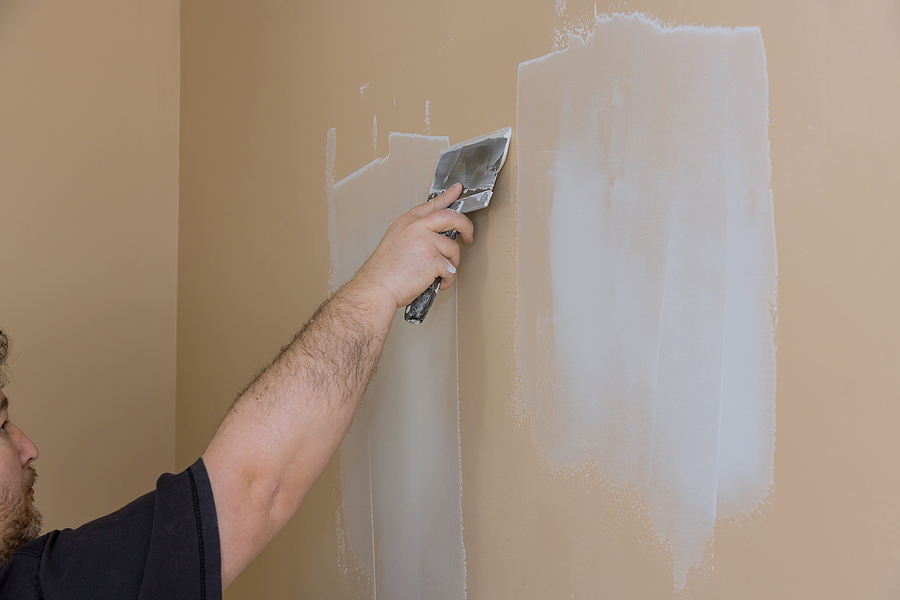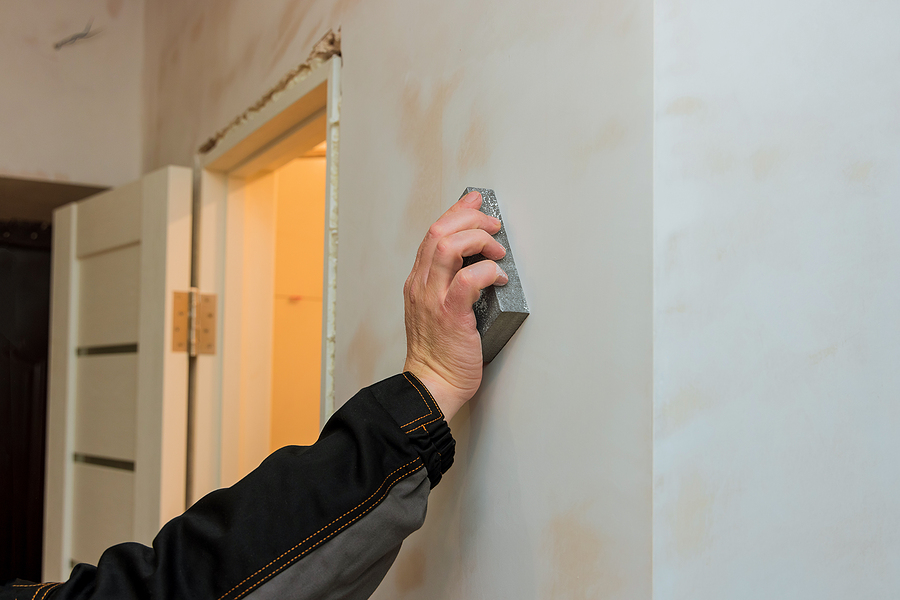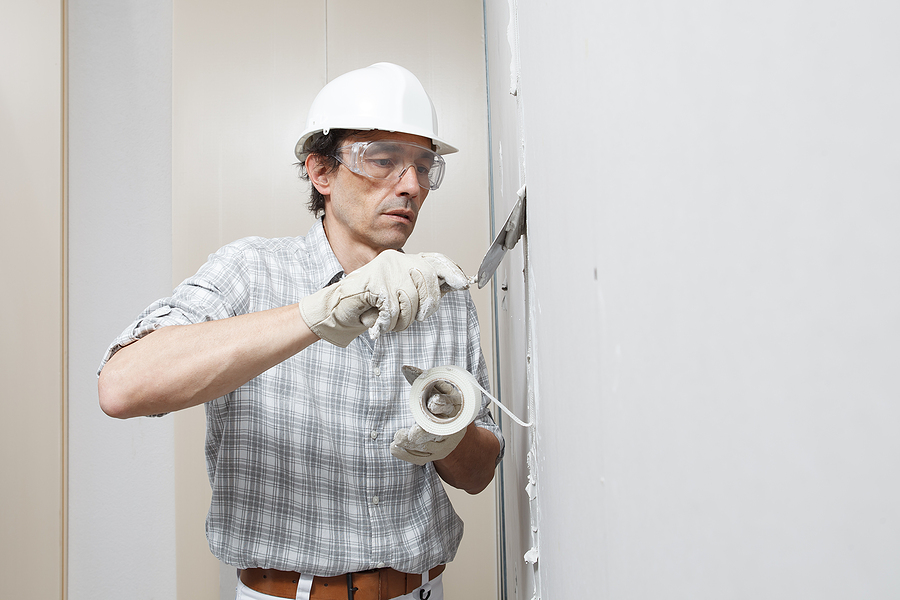Drywall is a staple in modern home construction and renovation. Known for its versatility and ease of installation, it’s used in everything from creating walls and ceilings to providing a base for paint and wallpaper. Its ability to quickly transform a space makes it a favorite among homeowners and DIY enthusiasts alike. However, like many materials, drywall’s performance can be significantly affected by environmental factors, with humidity being a major player.
Despite its sturdy appearance, drywall is sensitive to moisture in the air. If you’ve been puzzled by wall issues like cracking or mold despite your best efforts, humidity might just be the unseen culprit. This blog dives into the intricate dance between drywall and humidity, offering insights and solutions for your next home project. Let’s get started!
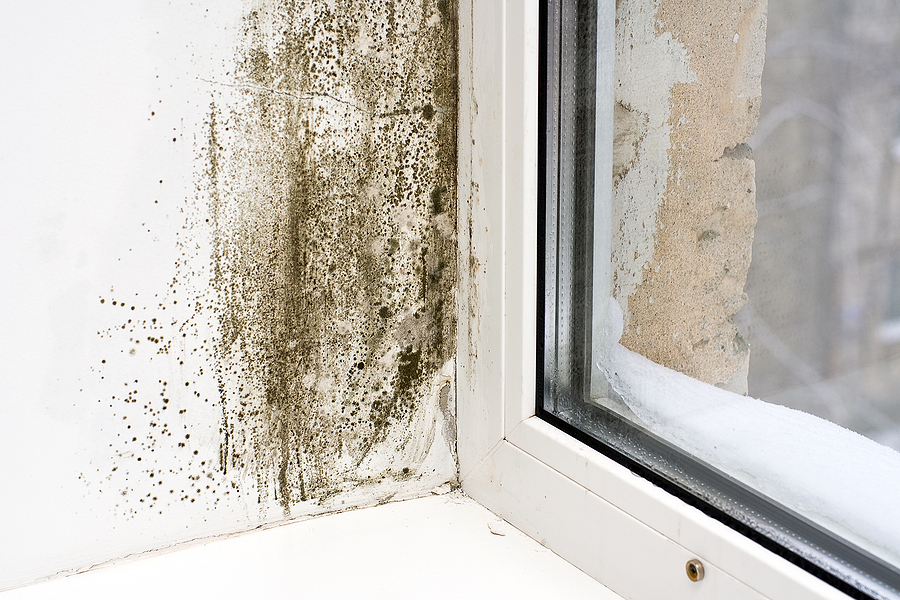
What is Humidity and How is it Measured?
Humidity refers to the amount of water vapor in the air. It’s a crucial element in our environment, often dictating comfort levels within a living space. But to truly grasp its impact on drywall, we need to understand how it’s measured.
Measuring Moisture in the Air
There are two main types of humidity measurements that you need to know about—absolute and relative humidity. Absolute humidity is the total mass of water vapor present in a given volume of air. However, in practical terms, we often use relative humidity, which measures the current amount of moisture in the air compared to the maximum it can hold at that temperature.
The Effects of Humidity Levels
High humidity can make a room feel stuffy, while low humidity can lead to dry air and discomfort. Both extremes can affect more than just personal comfort—they can wreak havoc on building materials, especially drywall. The challenge lies in maintaining an optimal balance to prevent potential damage.
How Humidity Affects Drywall Performance
Humidity affects drywall in several ways, potentially complicating your drywall work. Understanding this connection is crucial for homeowners looking to maintain the longevity and appearance of their walls.
Moisture’s Influence on Drywall Installation
During drywall installation, the presence of excess moisture can cause the material to become heavy and unwieldy. This not only makes installation difficult but also increases the risk of sagging or buckling once installed. On the flip side, too little humidity can leave the drywall brittle, leading to cracking during handling.
Finishing and Repair Challenges
Humidity also plays a significant role during the finishing stages of drywall work. Joint compounds used to fill seams and cover screws can behave unpredictably. High humidity can cause these compounds to dry too slowly, leading to longer project times and potential for mold growth. Low humidity, conversely, may cause the compound to dry out too quickly, resulting in shrinkage and the need for additional coats.
Common Humidity-Induced Problems
One common issue arising from improper humidity management is mold growth. When moisture gets trapped behind the drywall, it creates a perfect breeding ground for mold, which not only damages your walls but also poses health risks. Additionally, fluctuating humidity levels can lead to warping and cracking in the drywall, compromising its structural integrity and aesthetic value.
Navigating Drywall Work in Varied Humidity
To achieve successful drywall installation and maintenance, it’s essential to adapt your approach based on the prevailing humidity conditions. Here are some actionable tips to guide you through:
Preparing for High Humidity
In high-humidity environments, it’s vital to ensure proper ventilation both during and after installation. Use fans or dehumidifiers to help control moisture levels. Opt for moisture-resistant drywall, which is specially designed to withstand damp conditions. This type of drywall is ideal for bathrooms, kitchens, and basements.
Tackling Low Humidity Conditions
In contrast, low humidity can be just as challenging. To combat dryness, consider using humidifiers to introduce moisture into the air during the drywalling process. This helps prevent the drywall from drying out too quickly and cracking. It’s also beneficial to use joint compounds formulated to perform well in low-humidity environments.
Essential Tools and Techniques
Selecting the right materials and tools is crucial for drywall work in any humidity level. Invest in quality joint compounds and primers that cater to your specific climate conditions. Maintaining a consistent temperature and humidity level during the drying and curing stages will also ensure a smooth, long-lasting finish.
Ventilation and Moisture Control
Proper ventilation is key to preventing future problems. Ensure that rooms have adequate airflow even after the drywall work is completed. Installing exhaust fans in areas prone to moisture buildup, such as bathrooms and kitchens, can be especially effective in keeping humidity levels in check.
Understanding Water Damage in Drywall
Water damage is a common issue that arises from humidity fluctuations. Whether it’s due to high levels of moisture or direct contact with water, drywall is susceptible to warping, swelling, and other forms of damage. Promptly addressing any signs of water damage can help prevent costly repairs down the line.
Signs of Water Damage
Some visible indicators of water damage in drywall include discoloration, peeling paint or wallpaper, and soft spots on walls. You may also notice an unpleasant musty odor. If left unaddressed, these issues will only worsen over time and may require professional
Wrapping Up
Understanding the impact of humidity on drywall work is essential for any homeowner or DIY enthusiast aiming for professional results. With the right knowledge and preparation, you can mitigate the challenges posed by varying humidity levels and achieve a durable, aesthetically pleasing finish.
If you’ve tackled drywall projects before, consider sharing your experiences and insights with fellow readers. Remember, when in doubt, seeking the expertise of a professional can save you time and potential frustration.
For those ready to take on their next drywall project, our expert team is here to assist. Contact Drywall by Renso at 317-269-7319 for professional drywall services in Indianapolis, Indiana, today. Whether you need advice on materials or a comprehensive wall repair service, we’re just a call away, ensuring your home’s walls remain as sturdy and beautiful as intended.
Related Posts:
Detecting Water Damage in the Home: Signs, Solutions, and Prevention
Tips for Drywall Water Damage Clean Up
The Meaning Behind the Color of Mold on Your Walls

